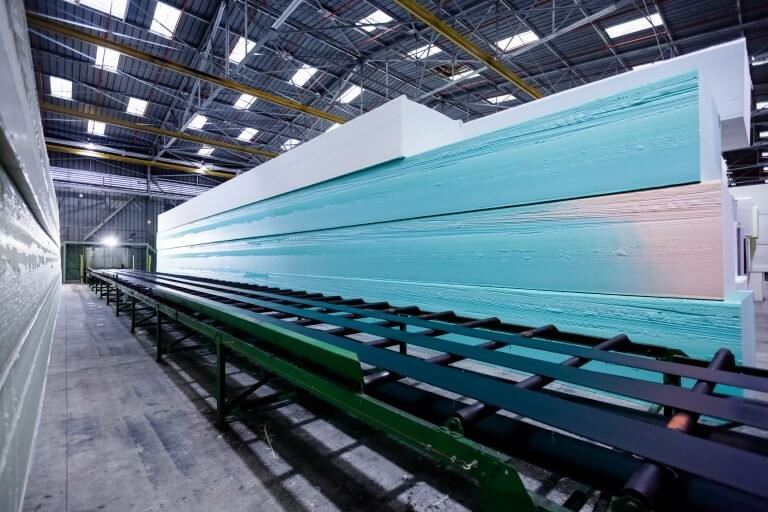Editor’s Note: For the December Beds by Design feature titled, “The Path to Sustainable Design,” we asked industry leaders to fill out a questionnaire about their creative process. Turns out, they are so passionate about the topic that we couldn’t use all their sage insights in the print feature. So, we’ve decided to post the entirety of their Q&A’s online, allowing you, our valued audience, to read all their good answers. This interview with Natalie Watson, head of sustainability for The Vita Group, is the fourth of a seven-part, online-only series that we will post weekly throughout the month of December. Most of all, our sincerest thanks to the executives who participated in the sustainable design feature to help educate the industry about a future defined by a circular economy.
What does sustainable design mean for your company?

A fundamental part of Vita’s sustainable product design process is making informed decisions backed up by science. Since 2021, 100% of our new product developments have a sustainable solution built-in that can enable sustainability objectives like decarbonization or circularity. For example, our Orbis first-generation foam has around a 4% CO2 reduction compared to our conventional foam per kilo. The crucial aspect about our new product development and design is the fact that the sustainable benefits are now substantiated by science-based data from our own verification-ready life cycle analysis model. Our in-house LCA model is producing data that has been verified by independent third parties. This provides our customers with the assurance that when they buy from us, they can make informed material choices for their own designs.
What are your greatest obstacles or challenges when it comes to sustainable design?
Sustainable design can be complex. Designing the next generation of sustainable products takes time and investment. And quite often, the technology required isn’t yet available at scale. So, the return on investment is often longer, which can be quite daunting. However, it is about doing the right thing, not the easy thing, that is important to Vita. It also takes a lot of engagement with different stakeholders across the value chain. At Vita, we found that once we identified and aligned with the right organizations, our progress accelerated and we were able to achieve a lot in a short space of time.
What sustainable products does your company offer?
We have a wide range of sustainable products developed using renewable or recycled feedstocks: Origin is our product range made from bio-based raw materials. These products reduce the reliance on traditional feedstocks yet produce foam products that have the same quality and standard as those produced from traditional feedstocks. Novus is our foam constructed through mechanical recycling. Post-industrial trim (foam offcuts) is processed through bonding granulated trim with a binding agent. Novus is a versatile product that offers the largest CO2 reduction potential of our product portfolio. This product can be used in multiple applications, from carpet underlay, artificial sports pitch shock pads and even within home furnishings, such as mattresses and chairs. Orbis foam is Vita’s innovative flexible polyurethane foam made with raw materials sourced from recycled post-consumer foam mattresses. To create Orbis, we partnered with Dow in the Renuva Mattress Recycling Program to produce flexible PU foams made from Renuva polyols — a raw material created from recycled mattress content.
What is your ultimate goal when it comes to sustainability?
“The nature of the development of these products allows us and our partners to create products with a reduced impact on the environment whilst still offering the same high-quality durability and comfort that customers expect from our products. Our science-based approach to environmental claims and pioneering life cycle methodologies can help define the new standard for the flexible PU industry.”




